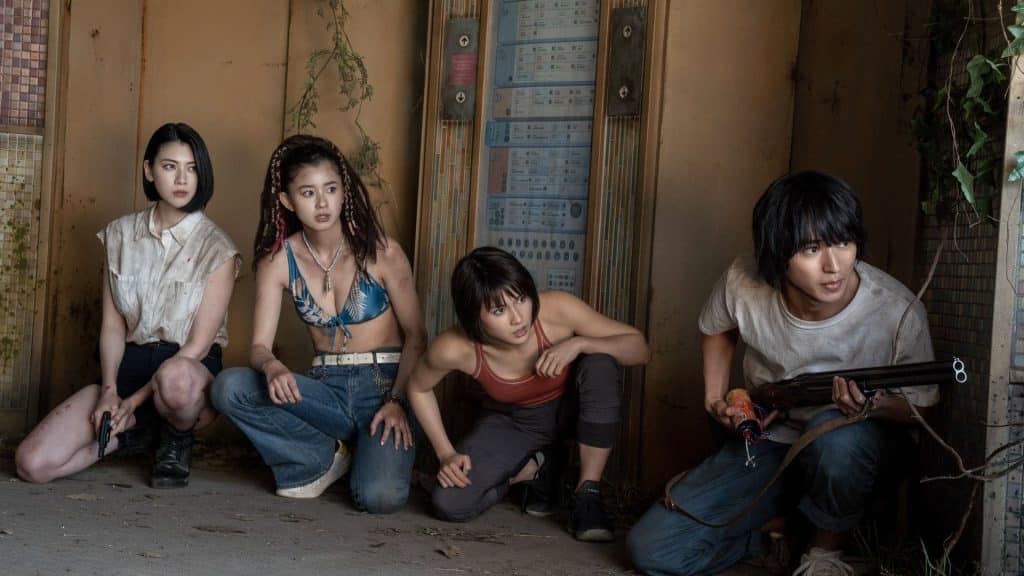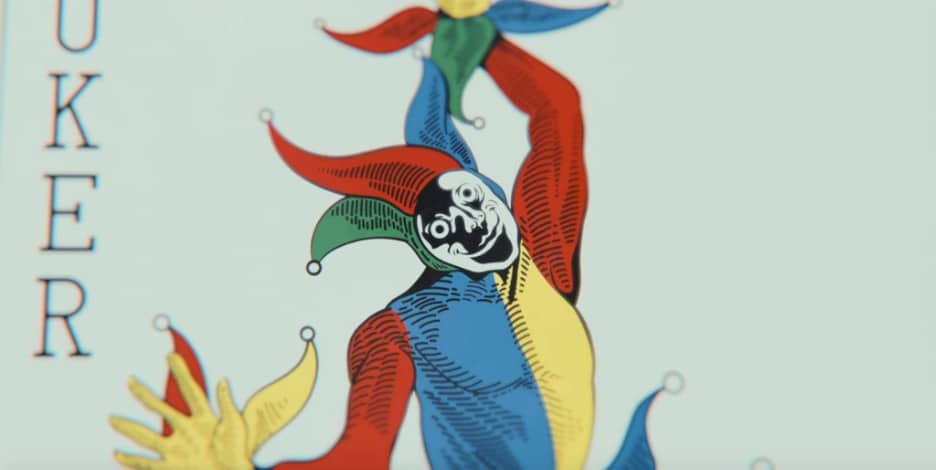Beyond the Borders: Navigating the Parallel Realms of "The Looking Glass Wars" and "Alice in Borderland"
In the realm of speculative fiction, two captivating narratives unfold, each drawing readers and viewers into the mesmerizing landscapes of wonder and danger. The Looking Glass Wars and Alice in Borderland share thematic threads that intertwine through their fantastical settings, complex characters, and the perpetual dance between peril and discovery. Let's dive into the parallels and distinctions between these two imaginative worlds, uncovering the unique elements that make them stand out.
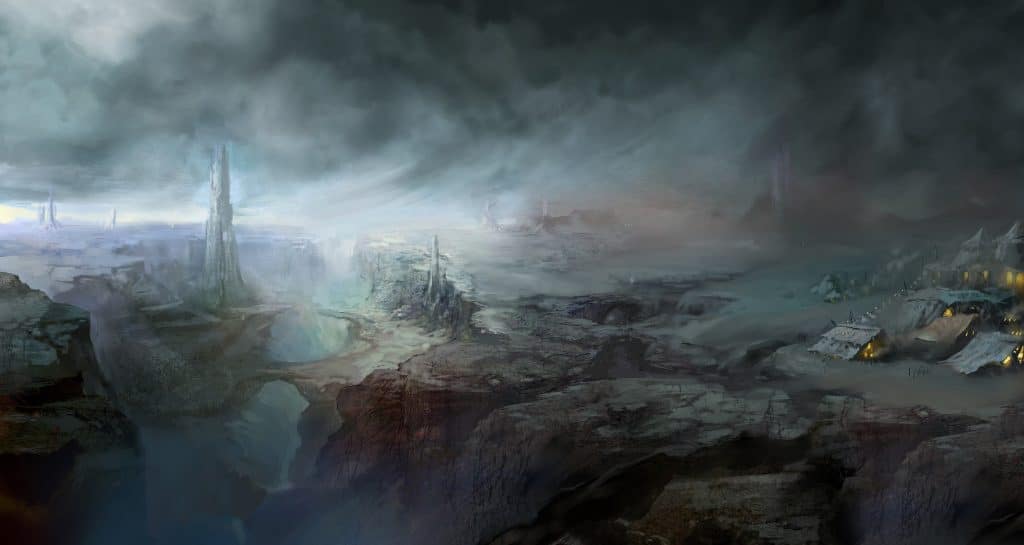
The Looking Glass Wars and Alice in Borderland: A Visual Symphony
Both The Looking Glass Wars’ Boarderland and the world of Alice in Borderland offer a visual feast for the imagination. Boarderland, carved from rock and stone with an endless blend of land and sky forming the mysterious Void, sets the stage for a landscape that shifts and transforms. Similarly, Alice in Borderland presents a dystopian Tokyo, a cityscape that morphs with each challenge, creating an ever-evolving backdrop for the characters.
However, while Boarderland leans towards a fantastical and mythical aesthetic, Alice in Borderland anchors itself in a contemporary urban setting, fusing the fantastical elements with the familiar. This contrast adds a layer of relatability to the latter, enhancing the immersive experience of the characters' journies.
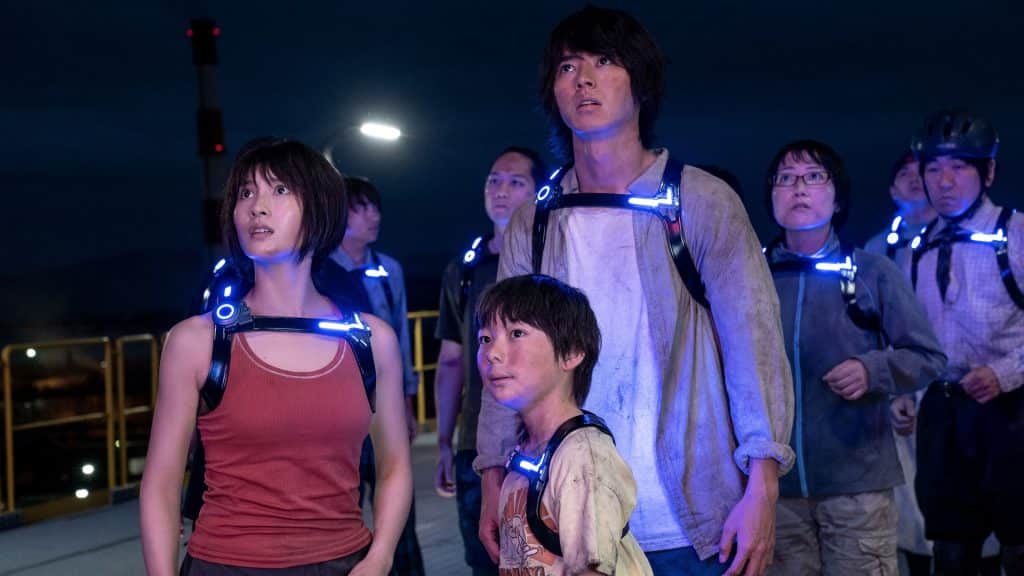
Nomadic Tribes and Martial Tribulations
The martial tribes of The Looking Glass Wars’ Boarderland and the survival games in Alice in Borderland share a common theme of constant motion and unpredictability. In Boarderland, nomadic tribes emerge like multi-colored oases, disappearing overnight only to reappear miles away. Similarly, in Alice in Borderland, characters face threats that shift and evolve, mirroring the transient nature of Boarderland's tribes.
Yet, the distinction lies in their movements. Boarderland's nomadic tribes traverse the land as warriors, a society molded by the necessity of constant warfare. On the other hand, the games in Alice in Borderland demand strategic thinking but lack the pervasive martial ethos seen in Boarderland.
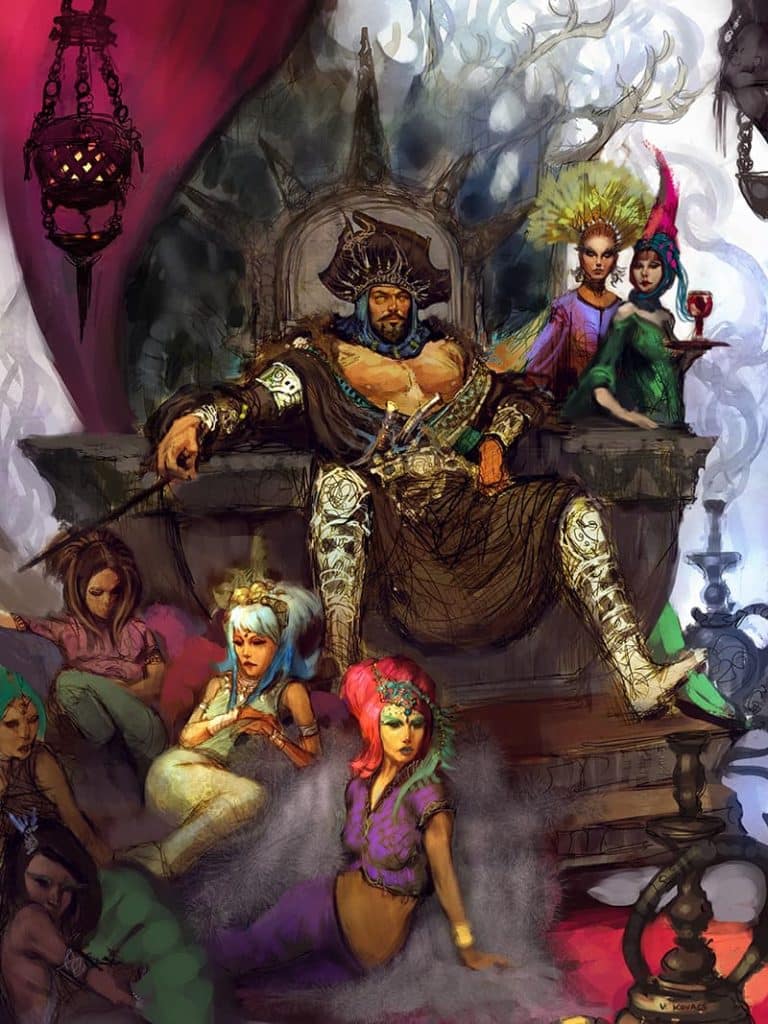
King Arch vs. The Game Masters
The cruel and cunning King Arch is the chief commander of The Looking Glass Wars’ Boarderland, leading a mercenary state fueled by war. His ascendancy to the throne through constant battle paints a picture of a formidable ruler, a theme mirrored in the challenges faced by the characters in Alice in Borderland. The games in the latter are orchestrated by enigmatic Game Masters, each presenting a unique challenge that requires skill, strategy, and a willingness to confront mortality.
However, the motivations differ. King Arch's Boarderland thrives on economic prosperity driven by warfare, while the games in Alice in Borderland seem more like a cosmic experiment, designed to push the boundaries of human capability. The contrast is clear - Boarderland's king is a strategic military leader, whereas the Game Masters seem more like puppeteers orchestrating a complex experiment in an alternative Tokyo.

Games, Challenges, and the Puzzle of the Ancient Caves
The theme of games and challenges is central to both narratives. In The Looking Glass Wars’ Boarderland, various territories are considered game 'boards,' each known for its challenges. The ultimate game, the Puzzle of the Ancient Caves, takes place in the mountainous caves overlooking The Void. This puzzle, involving stones that when placed incorrectly bring alternate images to life, has been King Arch's unconquered challenge.
In Alice in Borderland, the characters face a myriad of challenges and games set by the Game Masters. These challenges range from life-and-death scenarios to complex puzzles, each designed to test the participants. While both elements revolve around the concept of games, the stakes and motivations differ. Boarderland's games are deeply rooted in the nation's culture and economy, while those in Alice in Borderland seem driven by a mysterious higher power.
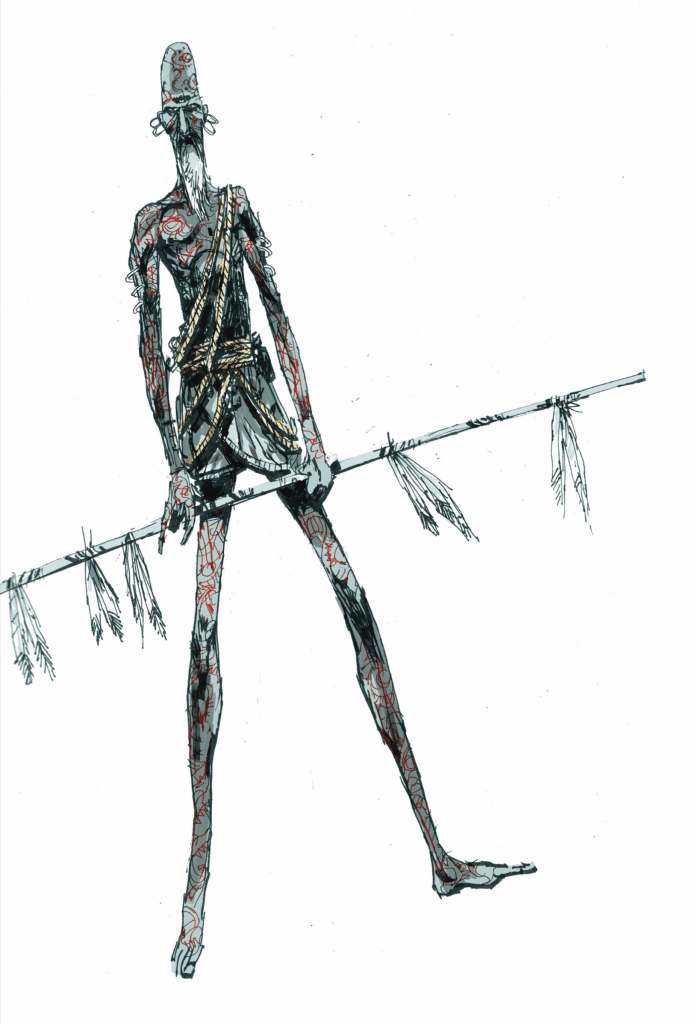


Lost Rocks and Wonderland's Reflection in The Looking Glass Wars’ Boarderland
The concept of the Lost Rocks in Boarderland introduces an element of prophecy and foresight. Nomadic soothsayers traverse the plains in search of these rocks, splitting them in half to reveal intricate crystal images that guide military strategies. This mystical aspect of Boarderland contrasts sharply with the contemporary and technological challenges faced in Alice in Borderland.
Additionally, the delicate balance between Boarderland and Wonderland, akin to yin and yang, mirrors the uneasy alliance between Sparta and Athens. The nuanced interplay between these two realms adds a layer of complexity, reminiscent of the delicate balance between men and women in the real world.
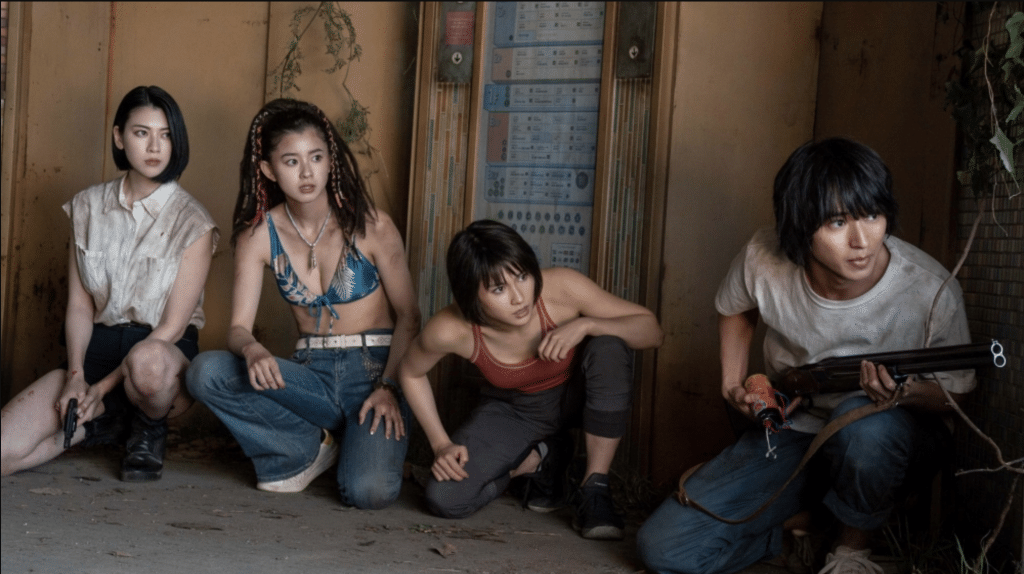
Conclusion: A Tale of Two Fantasies
In the journies through The Looking Glass Wars’ Boarderland and Alice in Borderland, the similarities and differences weave a tapestry of fantastical realms. Both narratives invite audiences into worlds where challenges, mysteries, and the unknown beckon. Boarderland's martial tribes and King Arch stand in stark contrast to the urban challenges and Game Masters of "Alice in Borderland." Yet, the common thread of games, tests, and the unpredictable nature of their landscapes creates an undeniable resonance.
These narratives, each unique in its own right, captivate imaginations and spark reflections on the nature of power, challenge, and the delicate balance between opposing forces. As we navigate the boundaries of these parallel realms, the stories unfold, inviting us to venture beyond the borders and explore the vast possibilities that lie within the realms of wonder and danger.

In contemplating the Puzzle of the Ancient Caves, The Looking Glass Wars’ Boarderland introduces a strategic and mystical element to its challenges. King Arch's near-defeat in the face of this enigmatic puzzle adds a layer of suspense and complexity to the narrative. In contrast, Alice in Borderland leans towards a more immediate and visceral experience with the challenges presented by the Game Masters, testing characters' resilience and adaptability in the face of unforeseen trials.
As we delve deeper into these realms, it becomes evident that both The Looking Glass Wars’ Boarderland and Alice in Borderland are not merely tales of adventure; they are reflections of the human condition, exploring the innate desire for conquest, the pursuit of knowledge, and the unpredictable nature of fate. Whether navigating the nomadic magical plains or facing the challenges of a dystopian Tokyo, these narratives beckon us to question our capacities for survival, resilience, and the pursuit of the extraordinary.
